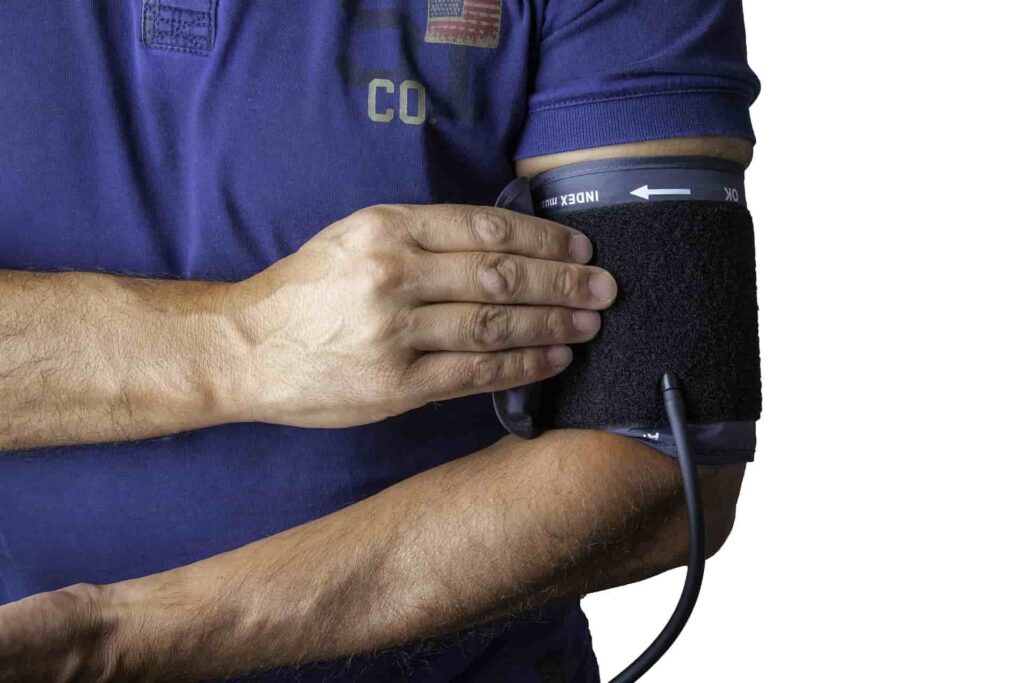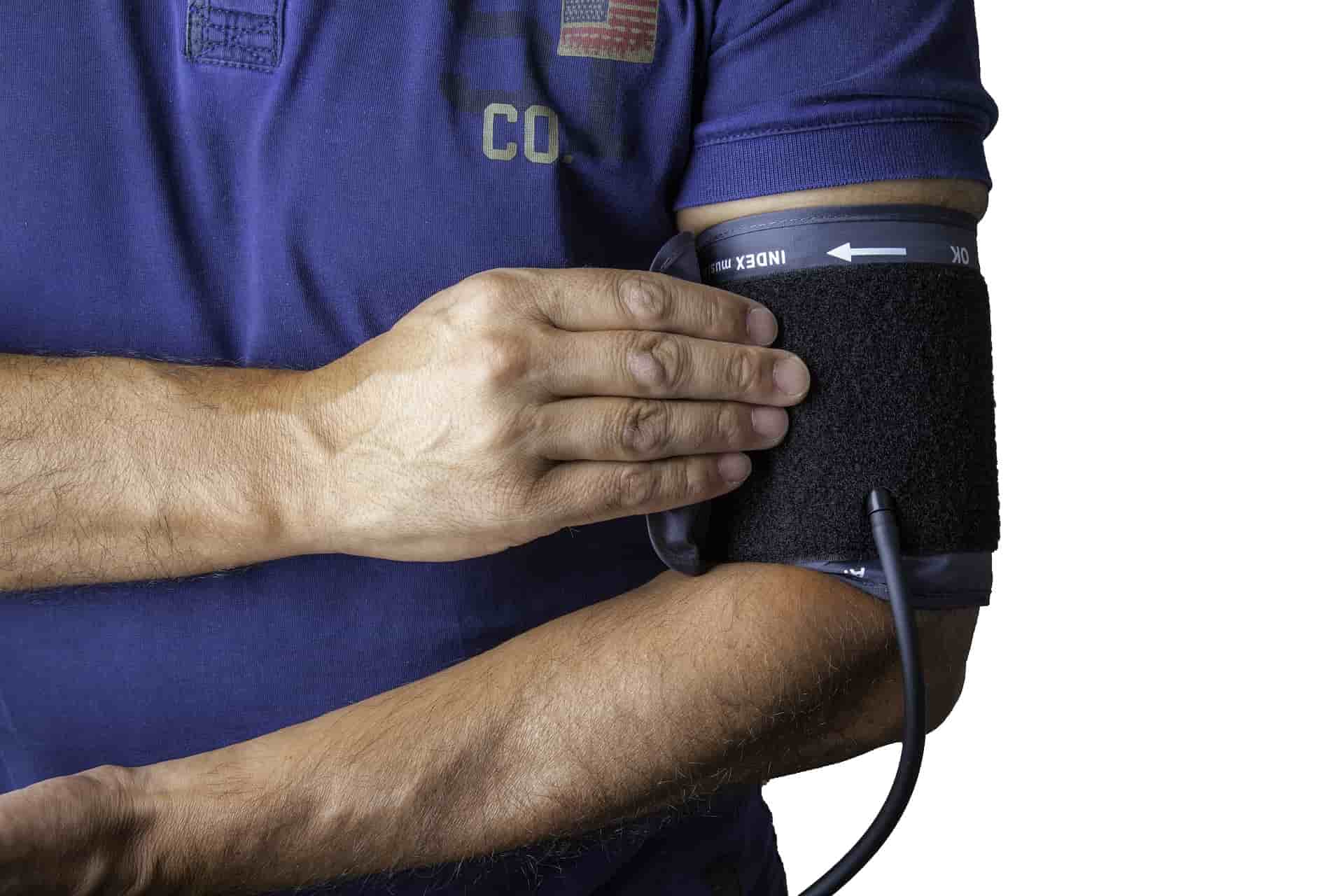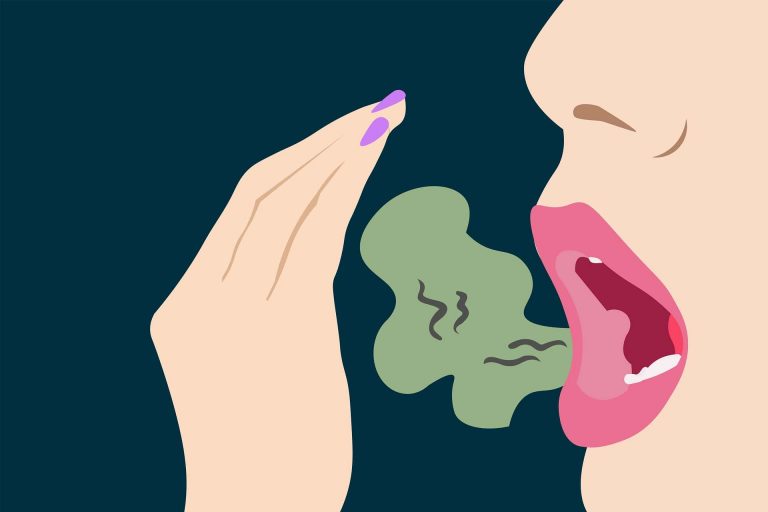You can recognize low blood pressure by these symptoms
We all know the stories about high blood pressure, but did you know that low blood pressure can also cause unpleasant complaints? We list the symptoms by which you can recognize low blood pressure.
We also look at what causes such a low incubation pressure can have and what can be done about it.
Values low blood pressure

Let’s start at the beginning: when do we speak of low blood pressure? Generally speaking, with normal blood pressure, the upper pressure is less than 140 and the negative pressure is less than 95; otherwise we speak of too high a value. Men have hypotension – a blood pressure that is too low – if the values are below 110/70. In women we speak of hypotension with a blood pressure lower than 100/60. In principle, blood pressure is only really too low when someone experiences complaints.
But the moment someone experiences complaints differs from person to person. If you get complaints with a certain blood pressure value, this does not necessarily mean that someone else with the same value also has complaints.
Symptoms
Low blood pressure usually does not cause any symptoms and is often discovered by accident. Low blood pressure can have unpleasant symptoms. The following are common:
- Dizziness, especially when standing up after sitting for a long time
- See black spots or blurred vision
- Woozy
- Fatigue
- Nausea
- Pass out
- Being cold or very warm
Causes low blood pressure
Most of the time, low blood pressure has no obvious cause and is nothing to worry about. It’s more annoying than unhealthy. At times, low blood pressure can be more common. For example, in case of blood loss due to heavy menstruation or internal bleeding or loss of fluid due to vomiting. Other causes can include:
- Pregnancy
- Cardiac arrhythmias
- Certain medications, such as water pills
- Anemia
Therapy
Because low blood pressure usually has no identifiable cause, it is often difficult or impossible to treat. In many cases, no treatment is required either, as it is not harmful to your body. Although the symptoms can be very annoying, it is not serious. If there is a clear cause for the low blood pressure, it can often be addressed. For example, anemia[1] can be treated with supplements, and a lack of fluid can be replenished to a good level.
Dealing with complaints
If no clear cause can be found, you will especially have to learn to deal with the complaints that are associated with the low blood pressure. For example, in the case of dizziness, it is important that you slowly get up after getting up, take your time and sit down again when the vertigo becomes severe. It is also wise to drink enough in warm weather or exercise. Of course that is always important, but especially with low blood pressure, a shortage of moisture and salt can cause complaints.
If you are dizzy and think you might pass out, it may help to cross your legs and press together. This ensures that the blood pressure rises, which often reduces the complaints. Tightening your buttocks or making fists of your hands also has a similar effect. If you are about to pass out, it is wise to sit or lie down, preferably with your legs up. This causes the blood to flow back to your head faster, allowing you to recover more quickly.
Salt
Although with high blood pressure values you often hear that people should eat less salt, eating more salt is not a good solution to solve the low blood pressure. Eating too much salt causes more complaints and health risks than it could solve in this case.






